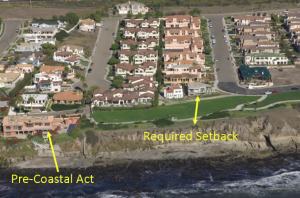Since President Trump took office in 2016, change is the new norm when it comes to environmental law. Within a month of taking office, the President proposed a dramatic narrowing of federal wetland protections under the Clean Water Act, resulting in a regulation that is now being finalized. The Trump Administration also issued an opinion limiting the scope of the Migratory Bird Treaty Act, narrowed the requirements for environmental impact statements under the National Environmental Policy Act, and rejected principle elements of the Obama Administration’s climate plan as well as the Paris Climate Accord. Now, the Trump Administration has issued numerous revisions to the regulations used by the U.S. Fish and Wildlife Service and the National Marine Fisheries Service to implement the Endangered Species Act.
On August 12, 2019, the Administration issued final rules for three separate rulemaking efforts to change certain key elements of the regulations used to implement the ESA. In our view, and contrary to the media firestorm surrounding the new regulations, these changes don’t amount to a “gutting” of the ESA. In fact, these rules don’t change the Endangered Species Act at all. Rather, they modify regulations which implement the ESA and which were adopted under previous administrations. Regulations are subject to change from time to time and, quite often, change with the political winds. Inevitably, what for some will be seen as harsh changes, others will perceive as needed reform. From our perspective as practitioners, the new regulations clarify a few procedural ambiguities and streamline some clunky aspects of the ESA’s regulations that we have been dealing with for years.
The new regulations are quite detailed. But in summary, below are some of the highlights: Continue reading
 Lay of the Land
Lay of the Land




